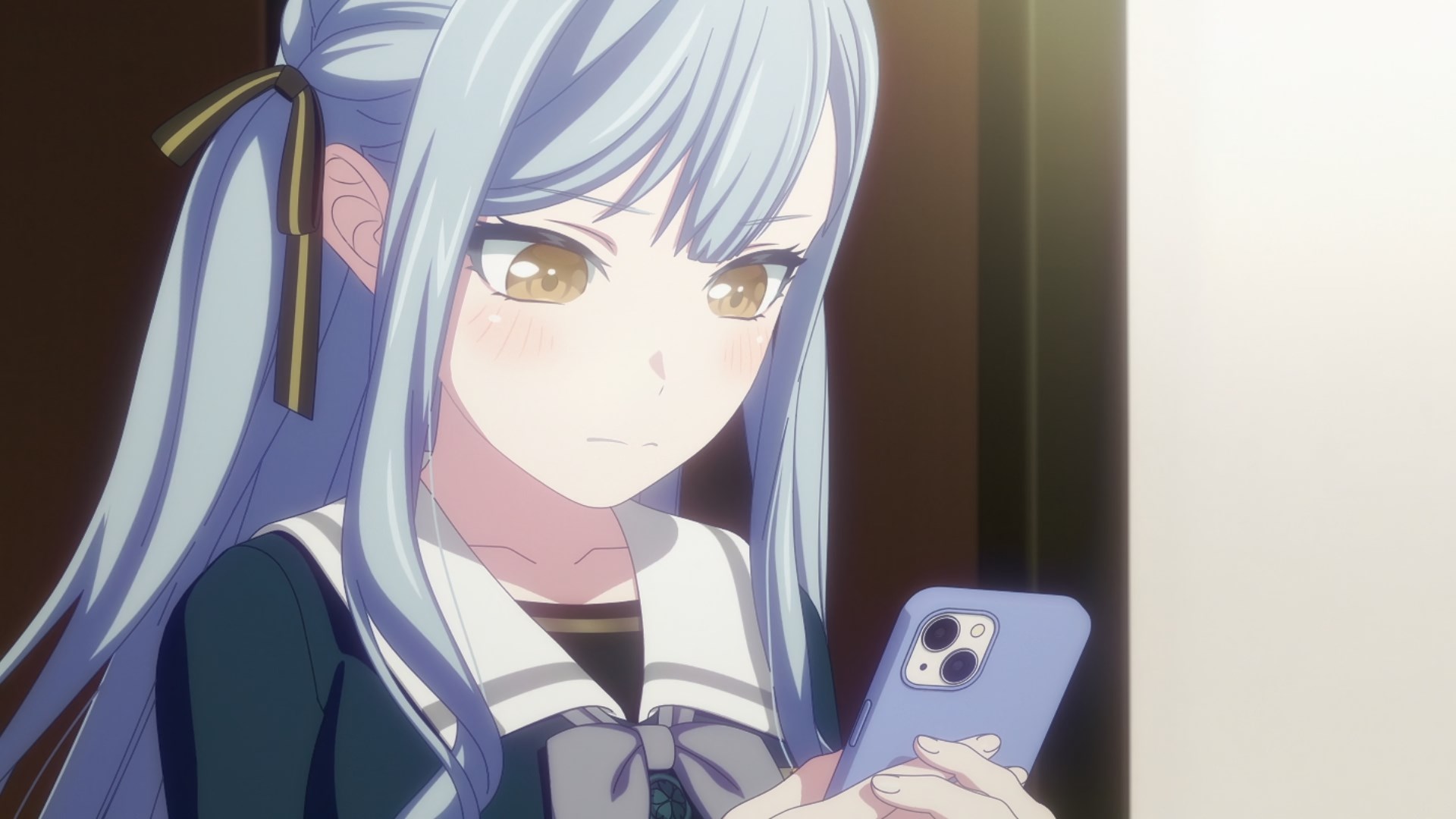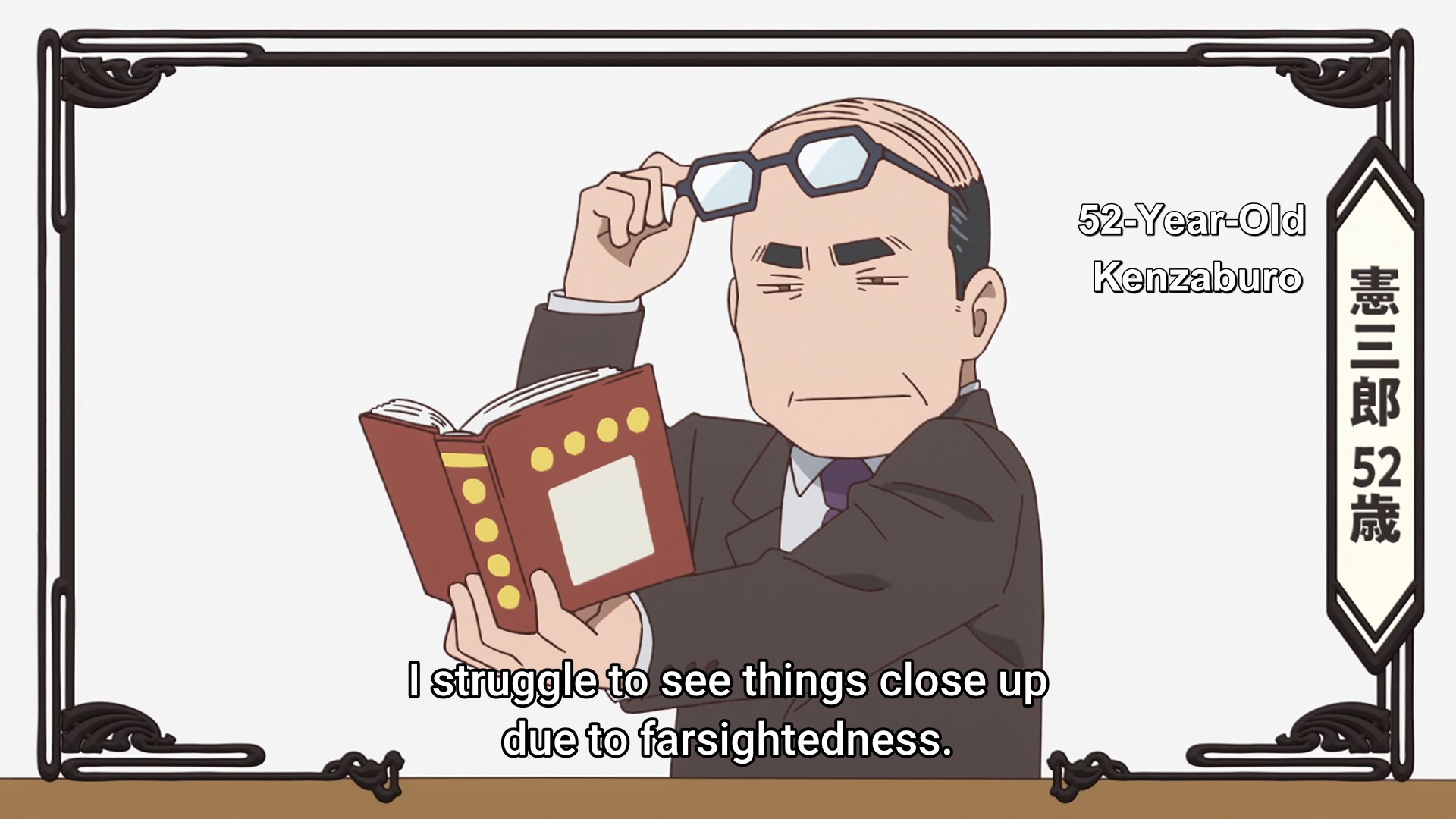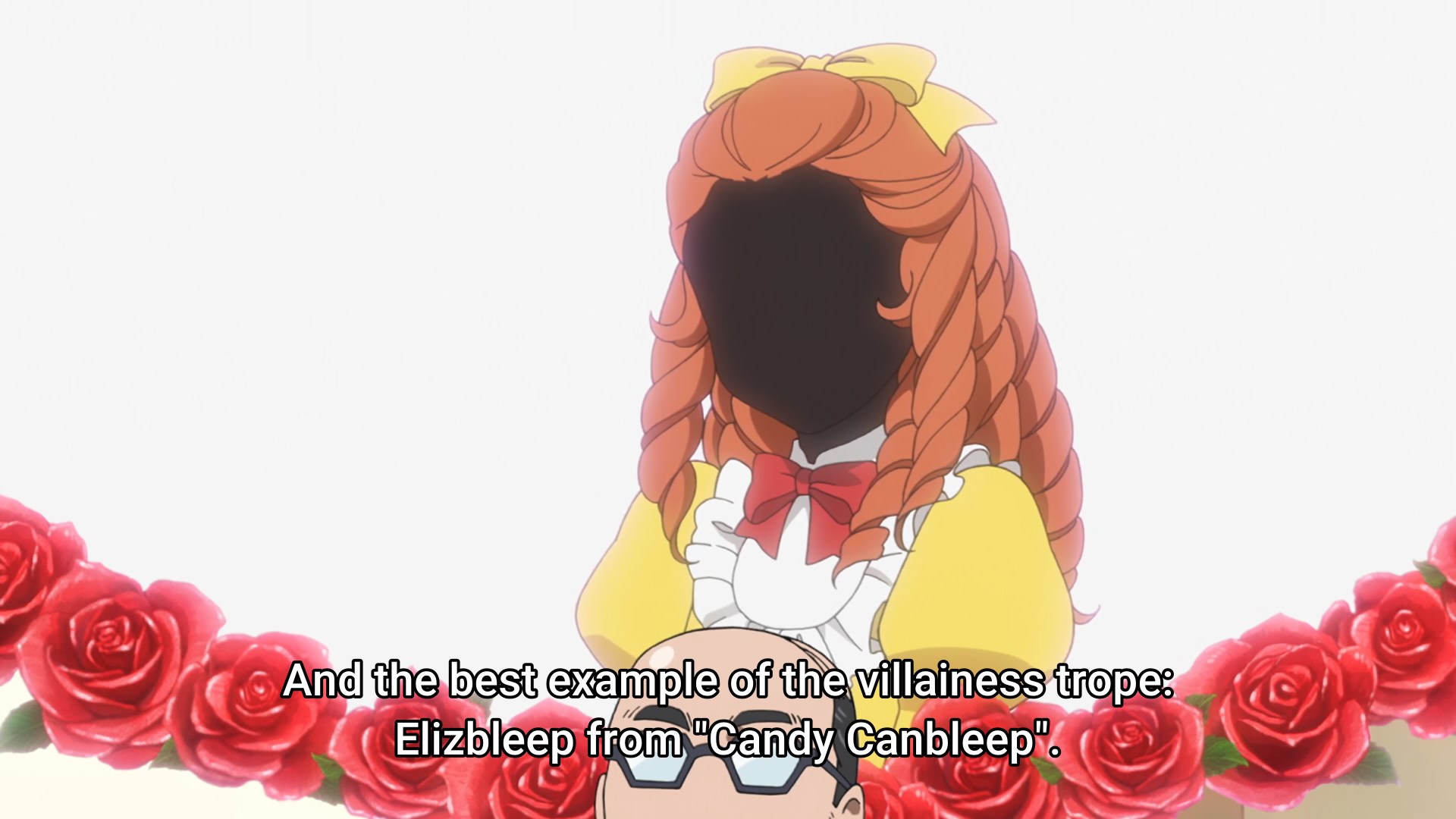What’s the matter Mutsumi? Are you in despair about the state of Bang Dream: Ave Mujica‘ subtitles too?

I was honestly, no lie, so frustrated by the subtitles on the first episode that it has taken me until the second episode came out today to be interested in writing about it. I loved Bang Dream: MyGo, as you may have noticed and was looking forward to the sequel, but the way Crunchyroll once again handled the translation and subtitles almost destroyed any pleasure I had watching the first episode.
It is bad enough that the episode starts with a musical performance from Ave Mujica, completely untranslated so it looks impressive but I had no clue what they were singing. This is something that drives me up the wall with Crunchyroll, that they cannot be bothered to pay for the licensing rights to subtitle songs; the same has happened with the last couple of IdolM@ster shows too. I’ve given up hope for any streamers to put up the money to subtitle their shows’ openings and endings, but at least for a music/idol show, do translate the insert songs? They’re kind of important!

But things get worse. Because this first episode retells the story of how Crychic broke up from Sakiko’s point of view. What we saw in MyGo was her receiving a mysterious text, after which she disappeared from the band’s rehearsal sessions for weeks only to say she was quitting the band once she finally came back. Now here, finally, we get to see what triggered Sakiko — had Crunchyroll actually bothered to translate and subtitle them! Even if it wasn’t quite necessary to get the gist of it, it still vexes me that Crunchyroll just couldn’t be bothered. And currently there are no fansubs available either. At least episode two was less reliant on text messages to move the plot along, irritating me less.
Not that there was time to be irritated by Crunchyroll’s incompetence when the second episode was just non-stop blows hammering down on poor old Mutsumi. In MyGo she was the least defined member of Crychic, basically reduced to being a go-between for Soyo to contact Sakiko. Even then I felt sorry for her and the way she was treated by both: Soyo blaming her for the band breaking up, Sakiko for forcing her to be in her new project while seemingly taking her for granted. But I didn’t know how much I really felt sorry for her until these first two episodes of Ave Mujica. Episode one showed her role in the breakup and why she said what she said all the way in MyGo‘s first episode, while episode two has her dealing with the fallout from the previous episode. Spoiler: it doesn’t go well.
Mutsumi is the anti-Tomori. Both have difficulty communicating with others and are clearly on the spectrum in some way, both have to mask their true selfs to a certain extent, but where in Tomori’s case this draws people to her — Saki, Soyom, Taki, Anon, Raana — with Mutsuki it repulses them. Tomori has been hurt by people not understanding her, has internalised the idea that this is always her own fault, but she also has the resilience to keep trying to reach out while staying true to herself. When it’s important Tomori has been able to make herself hear and has been rewarded for it.

The same cannot be said for Mutsumi. Like Tomori she withdraws in her obsessions, guitar playing, growing cucumbers, but when she tries to use them to reach out to people, like Tomori with her bandaids did to Anon, she fails, as when she brings her cucumbers to MyGo to congratulate them in MyGo episode 12. Several times in Ave Mujica episode two she tries to talk, but she never succeeds, even as she gets cornered to the point of a breakdown. Nobody understands her or even tries to, not even her own band mates. They all impose their own vision of her on her and Mutsumi just does not have the strength to object to it. She has always been passive when we’ve seen her before, seemingly eager for somebody like Sakiko to tell her what she should do. But she has never been important enough for anybody to help her discover what it is she herself wants. Not like Tomori has had Taki and Anon and even Raana and Soyo.
Being Mutsumi is suffering.







